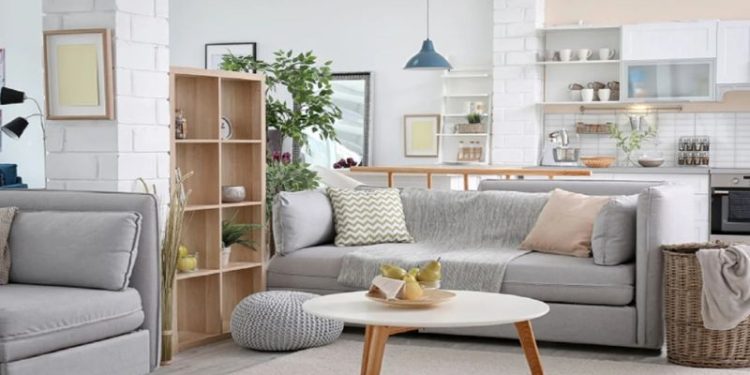Selecting furniture for the interior of a home can be both thrilling and overwhelming for individuals new to the process. Furniture is essential in establishing an attractive setting that’s also practical.
Given the multitude of choices in the market today, those new to furnishing their living spaces may feel inundated. This article seeks to streamline the experience by providing tips and perspectives for those venturing into the realm of home decor.
1. Exploring Your Environment
Prior to buying any furniture items, considerations regarding a room’s setup and design are crucial before diving in with purchases. Knowing the measurements of each area helps make choices regarding the size and arrangement of furniture items.
Creating a basic floor plan sketch gives a visual idea that can guide your selection of pieces that match well with the room’s size and layout. This approach helps avoid the common error of overcrowding spaces, which can lead to even large rooms feeling cramped.
When looking for quality indoor furniture in Grand Rapids, consider reputed stores like https://www.watsons.com/local/indoor-furniture-in-grand-rapids/.
2. Exploring the Concept of Style
Having a style adds harmony to your living space. Whether you prefer a modern look, a cozy rustic feel, or perhaps a mix of styles, establishing your taste can make decision-making easier.
Flipping through magazines or browsing online for design ideas and exploring showrooms can spark creativity. Refine your style choices by putting together a collage of pictures and color samples on a mood board; this can also aid in picturing the kind of look you aim to achieve.
3. Establishing a Plan
Creating a budget helps avoid overspending and guides you toward price-conscious choices when shopping for your home decor needs. As a buyer, try thinking about what furniture you need most, like a couch or dining table, before looking at decorative pieces.
Assigning money to each section ensures a well-rounded method of furnishing your space. It’s important to note that investing in high-quality items often means they will last longer, so it’s smart to opt for durable and timeless pieces.
4.The Importance of Material Components
The look and longevity of furniture are greatly influenced by the materials used in its construction. Various materials provide different levels of comfort, upkeep, and longevity. For example, leather gives off a sense of luxury and is simple to keep clean, whereas fabric provides a softer feel and more flexibility.
The type of wood chosen, like oak or pine, affects both the durability and visual appeal of furniture pieces. Knowing the advantages and disadvantages of each material is key to making informed choices.
5. Practicality
When choosing furniture for a space, it’s important to think about how comfortable and useful it will be in daily life. It’s essential that the furniture meets your needs while also contributing to the overall home improvement.
For example, when picking out seating options, testing out the cushions and back support is crucial to ensure comfort for everyone using it. Additionally, having furniture pieces like storage ottomans or extendable dining tables can offer solutions for smaller areas, giving you both style and practicality in one go!
6. Concerns About Sustainability and Ethical Considerations
The increasing focus on sustainability is prompting people to be more conscious consumers by choosing environmentally friendly materials and ethically made furniture that has a positive impact on the environment.
Carefully checking certifications and investigating brands that value sustainability helps in making informed decisions. Supporting manufacturers that prioritize sustainability not only helps the environment but also leads to one-of-a-kind, high-quality products.
7. Feel
The ambiance in a room is greatly impacted by the choice of colors and textures used within it. When selecting colors for a room, it’s important to choose a palette that compliments the theme to achieve a cohesive appearance.
Neutral tones offer flexibility, while bright colors introduce energy and personality. Incorporating textures, like combining leather with plush fabrics or rugged wood with sleek metals, can bring more dimension and appeal to indoor spaces.
8. Making the Purchase
Upon reflection and deliberation, the decision to make a purchase emerges as the exhilarating culminating stage. Visits to stores provide prospective buyers the opportunity to interact with furniture directly, evaluating comfort, quality, and workmanship.
While online shopping presents convenience, perusing reviews and reviewing return policies guarantees a seamless transaction. Cross-referencing prices across different platforms secures the optimal bargain.
Closing Thoughts
Starting the process of purchasing furniture does not have to feel daunting at all! By grasping the concept of space utilization and expressing your style preferences while also factoring in elements like budget constraints and material sustainability, you can help newcomers navigate this decision-making journey with confidence.
Emphasizing the importance of comfort, practicality, and visual appeal plays a role in creating a cohesive and inviting living space that truly reflects your personality and tastes.
















